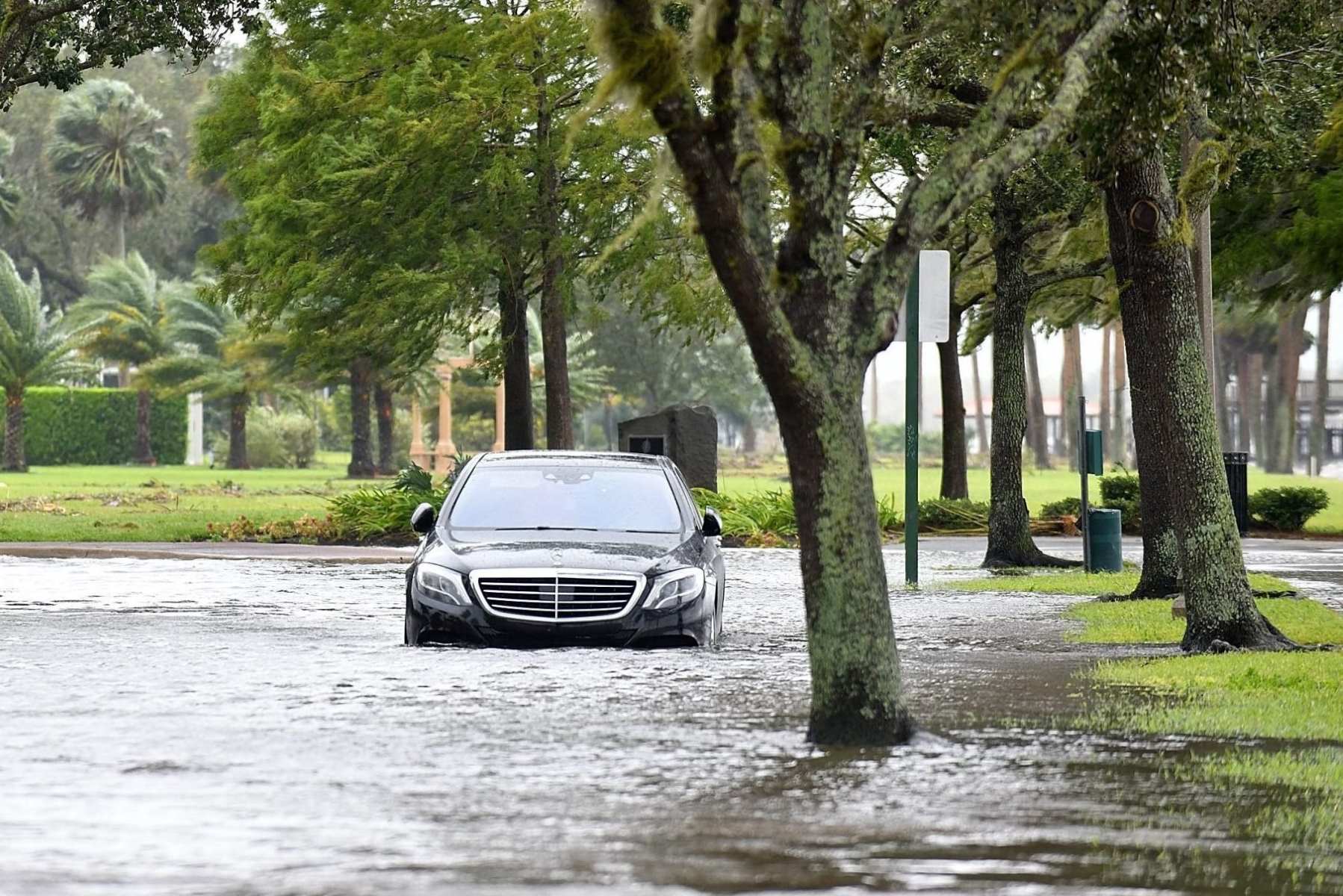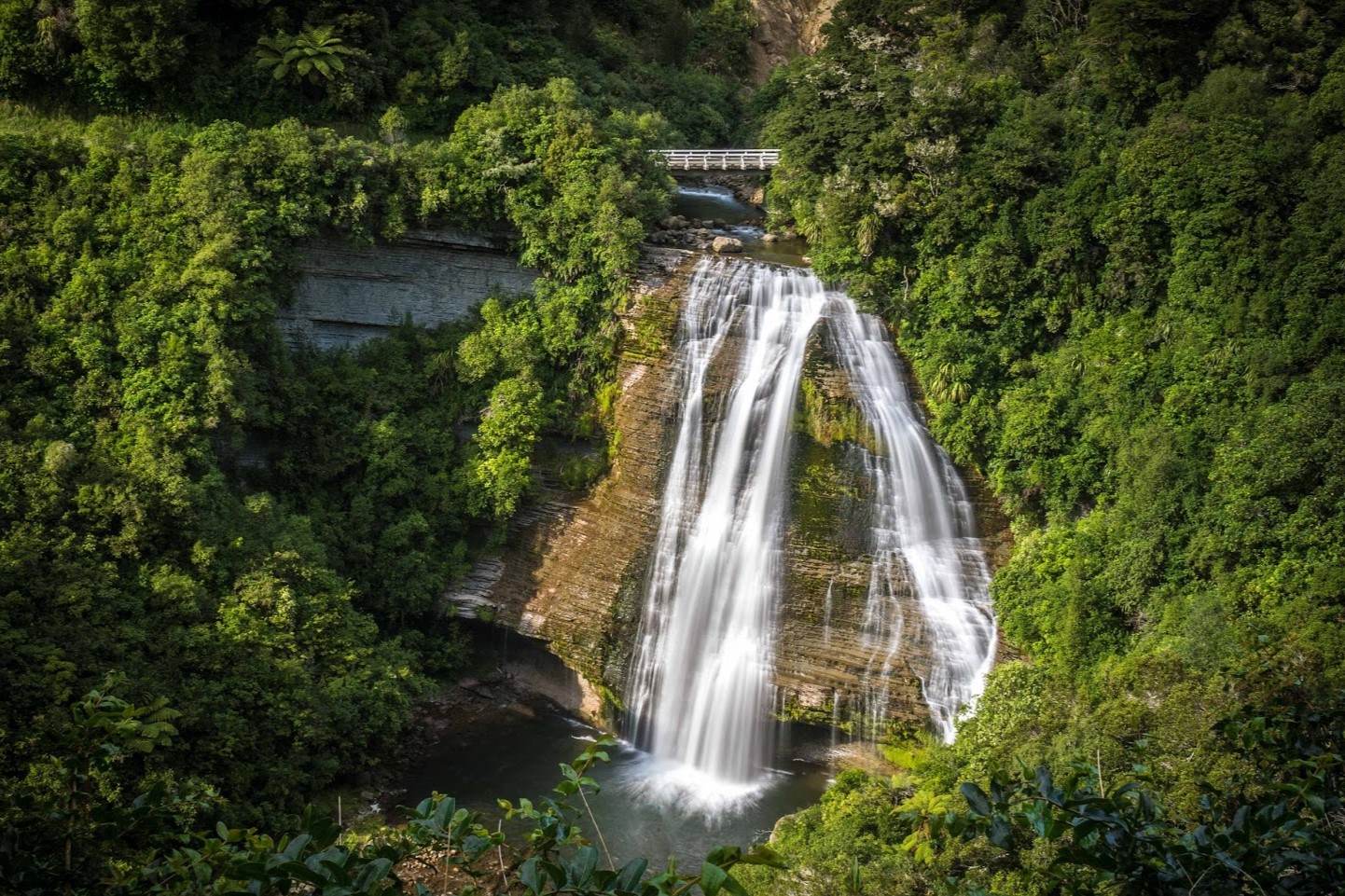
What exactly is a flash flood warning? Flash floods are sudden, intense floods that can occur within minutes to hours of heavy rainfall, dam breaks, or ice jams. They are the deadliest weather event in the U.S., often catching people off guard. Urban areas, with their concrete surfaces, are particularly vulnerable. When the National Weather Service issues a flash flood warning, it means flash flooding is imminent or already happening. "Turn around, don't drown" is a crucial rule, emphasizing the danger of driving through floodwaters. Understanding these warnings and knowing how to respond can save lives and property.
Key Takeaways:
- Flash floods are sudden, powerful, and often deadly. They can occur within minutes to hours, and heavy rainfall is the main cause. Stay alert and never underestimate the danger of flash floods.
- Urban areas are particularly vulnerable to flash floods due to their infrastructure. Low-lying areas, underpasses, and basements are high-risk zones. Always take immediate action if a flash flood warning is issued.
Understanding Flash Floods
Flash floods are sudden, powerful, and often deadly. Knowing what causes them and how to stay safe can save lives.
-
Definition of Flash Floods: Flash floods are rapid rises in water levels, typically caused by heavy rainfall, dam failures, or ice jams. They can occur within minutes to hours.
-
Deadliest Weather Event: In the U.S., flash floods kill more people annually than hurricanes, tornadoes, and lightning.
-
Causes of Flash Floods: Heavy rainfall is the main cause, but soil conditions, ground cover, and topography also play roles.
-
Warning Signs: Look for heavy rainfall, rapid water level rises, and sudden changes in water flow. Sometimes, there are no clear signs.
Impact on Urban Areas
Urban environments are particularly vulnerable to flash floods due to their infrastructure.
-
Impact on Urban Areas: Buildings, highways, and parking lots increase runoff, reducing the ground's ability to absorb rainwater.
-
Risk Factors: Low-lying areas, underpasses, basements, and low water crossings are high-risk zones during flash floods.
-
Role of Topography: Mountains and steep hills cause rapid runoff, making streams rise quickly. Rocks and shallow soils don't absorb much water.
-
Soil Conditions: Saturated soils can lead to rapid flash flooding, especially in areas with poor drainage.
-
Ground Cover: Areas with minimal vegetation allow more water to run off, increasing flood risk.
Flash Flood Watches and Warnings
Understanding the difference between a watch and a warning can be life-saving.
-
Flash Flood Watch vs. Warning: A watch means flash flooding is possible; a warning means it is happening or imminent. Take immediate action if a warning is issued.
-
National Weather Service Messaging: They issue various messages like Flash Flood Watch, Flash Flood Warning, Urban and Small Stream Advisory, and Flash Flood Statement.
Staying Safe During Flash Floods
Knowing how to stay safe can prevent fatalities and injuries.
-
Fatalities in Vehicles: Most flood-related deaths occur when people drive through flooded roads. "Turn around, don't drown."
-
Depth of Water: Six inches of fast-moving water can knock you over, and two feet can float a car. Never walk, swim, or drive through swift water.
-
Dam Failures: Dam failures can cause sudden, destructive surges of water. The 1889 Johnstown flood killed 2200 people.
-
Levee Failures: Levee failures, like those in the 1993 Mississippi River flood, can cause widespread destruction.
-
Ice Jams: Ice jams restrict water flow and can release large amounts of water rapidly when they break.
Natural and Man-Made Contributors
Both natural and human activities can contribute to flash floods.
-
Melting Snow: Melting snow, combined with heavy spring rains, can lead to rapid runoff and flooding.
-
Canyons and Arroyos: These dry creek beds can fill with fast-moving water quickly, posing significant risks.
-
Recent Burn Areas: Soil in recently burned areas is more susceptible to erosion, leading to rapid runoff and flooding.
-
Urbanization: Urbanization increases runoff by reducing rain absorption, enhancing flash flood potential.
Economic and Historical Impact
Flash floods have significant economic and historical impacts.
-
Flood Damage Costs: Flood damage costs about $17 billion annually in the U.S.
-
Frequency of Flooding: Flooding can happen any time of year. Flash floods are the most deadly type and can occur within six hours of heavy rainfall.
-
Historic Flood Events: Events like the 2015 Missouri floods and the 2021 Hiddenite Campground flood show the deadly potential of flash floods.
-
Flood Risk Areas: River flood plains and coastal areas are most susceptible, but flash floods can happen anywhere with heavy rainfall.
-
Bangladesh Flood Prone: Bangladesh is highly flood-prone due to monsoon rains and deforestation in Nepal.
The Power of Flash Floods
Flash floods are incredibly powerful and destructive.
-
Power of Flash Floods: They can roll boulders, flatten trees, and destroy buildings and bridges. They can also trigger mudslides.
-
Warning Systems: The National Weather Service uses satellites, radar, and rain gauges to predict and detect flooding.
-
NOAA Weather Radio: This radio continuously broadcasts updated weather warnings and forecasts.
Family and Community Preparedness
Preparation can make a significant difference during flash floods.
-
Family Disaster Plan: Develop a family disaster plan, including safe evacuation routes and emergency shelters.
-
Practice and Maintain Plan: Regularly practice and maintain your disaster plan to ensure everyone understands it.
-
Evacuation Routes: Identify multiple evacuation routes and safe places to go.
-
Flood Insurance: Homeowners' policies don't cover flooding. Contact your insurance agent for flood insurance.
-
Flood Risk Awareness: Be aware of streams, drainage channels, and other areas known to flood suddenly.
Before, During, and After a Flood
Knowing what to do before, during, and after a flood can save lives.
-
Preparation Tips: Create a plan, stay alert to changing weather, and listen to NOAA Weather Radio for updates.
-
During a Flood: Avoid floodwaters, don't camp or park near streams, and don't attempt to cross flowing streams.
-
After a Flood: Listen for news reports about water safety, avoid floodwaters, and be cautious of electrical hazards.
Flash Flood Safety Rules
Following safety rules can prevent accidents and fatalities.
-
Flash Flood Safety Rules: Be alert to signs of flash flooding and be prepared to evacuate quickly.
-
Vehicle Safety: If your vehicle stalls in floodwater, leave it immediately and seek higher ground.
-
Children’s Safety: Children should never play around high water, storm drains, or arroyos.
-
Low Water Crossings: Never assume you can cross a flooded low-water crossing safely.
Driving and Floods
Driving during floods is extremely dangerous and should be avoided.
-
Driving in Floods: Be alert for high water, slow down when visibility is limited, and avoid driving if possible.
-
Turn Around, Don’t Drown: This phrase emphasizes the importance of avoiding flooded roadways.
Flood Watches and Warnings
Understanding the different types of flood warnings can help you stay safe.
-
Flood Watch vs. Warning: A general flood watch means conditions are favorable for flooding. A warning means flooding is happening or imminent.
-
Impact-Based Warnings: Flash flood warnings come in three categories: Base, Considerable, and Catastrophic. Base means possible flooding, while Considerable and Catastrophic are life-threatening.
Flood Risk Areas Identification
Knowing your area's flood risk can help you prepare.
-
Flood Risk Areas Identification: Identify your area's flood risk and take steps to mitigate potential damage.
-
Flood Insurance Coverage: Homeowners' policies don't cover flooding. Contact your insurance agent for flood insurance.
Emergency Preparedness
Being prepared for all hazards can save lives.
-
Emergency Preparedness: Develop a family disaster plan, including safe evacuation routes and emergency shelters. Practice and maintain this plan regularly.
-
Community Preparedness: Communities should have emergency response plans, conduct regular drills, and educate residents about flash flood risks.
Technology in Flood Prediction
Advanced technology helps predict and detect flooding.
-
Technology in Flood Prediction: The National Weather Service uses satellites, radar, and rain gauges to predict and detect flooding.
-
Public Awareness: Educate yourself and your community about flash flood risks and how to stay safe.
Staying Safe During Flash Floods
Flash floods are no joke. They can strike fast and with little warning, making them one of the deadliest weather events. Knowing the warning signs, understanding the risk factors, and having a family disaster plan can save lives. Always heed flash flood warnings and never underestimate the power of moving water. Remember, just 6 inches of fast-moving water can knock you off your feet, and 2 feet can sweep away a car. Stay informed with NOAA Weather Radio and keep an eye on weather updates. If you live in a flood-prone area, consider getting flood insurance. Most importantly, never drive through flooded roads—turn around, don’t drown. By staying alert and prepared, you can protect yourself and your loved ones from the dangers of flash floods.
Frequently Asked Questions
Was this page helpful?
Our commitment to delivering trustworthy and engaging content is at the heart of what we do. Each fact on our site is contributed by real users like you, bringing a wealth of diverse insights and information. To ensure the highest standards of accuracy and reliability, our dedicated editors meticulously review each submission. This process guarantees that the facts we share are not only fascinating but also credible. Trust in our commitment to quality and authenticity as you explore and learn with us.


